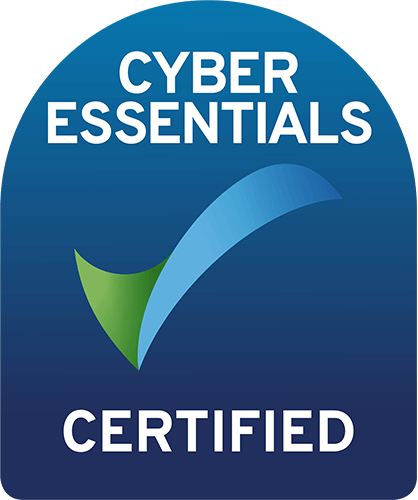A strong start
If your commercial deal is at all out of the ordinary, consider a pre-contractual document to get key elements down on paper before the legal paperwork proper is deployed.
The point of pre-contractual documents is to capture the terms of a unique deal, as they rarely align with ‘one size fits all’ standard contracts.
What do we call these types of documents?
It doesn’t really matter. Call it a Letter of Intent (LoI), a Term Sheet or Memorandum of Understanding (MoU, which I like because it’s fun to say ‘moo’ in a business meeting).
We have provided two sample MoUs here: on for a Software as a Services Agreement…

and one for a Referral Agreement…

Legally binding?
These documents can be legally binding, or not legally binding, or some bits of them can be binding and others not.
The path of least resistance is to keep them as light, non-binding and therefore non-scary as possible.
The point at this stage isn’t to pin the other party (or oneself) to the wall; it’s to make sure you are all agreed on key aspects of the deal before fully unleashing the lawyers.
How involved should my lawyers be?
There are good reasons to have the lawyers in the room at this stage. They help ensure that the document is only as binding as you want it to be, and can help explore the ‘what ifs’, but they shouldn’t be leading the process.
The deal has likely been brokered by two (or more) people who probably get on well and have an idea what they want to achieve. These people should get down what that deal is on paper, then send the lawyers off to draft the full legal documentation, armed with full knowledge of what the parties both expect to get out of the arrangement.
About Clearlake
Clearlake Law provides fractional general counsel services to organisations across multiple technology sectors doing business in the United Kingdom.
Please feel free to reach out directly to the author of this post, Katherine Kennedy, on katherine.kennedy@clearlake.law or 0204 570 8741.




